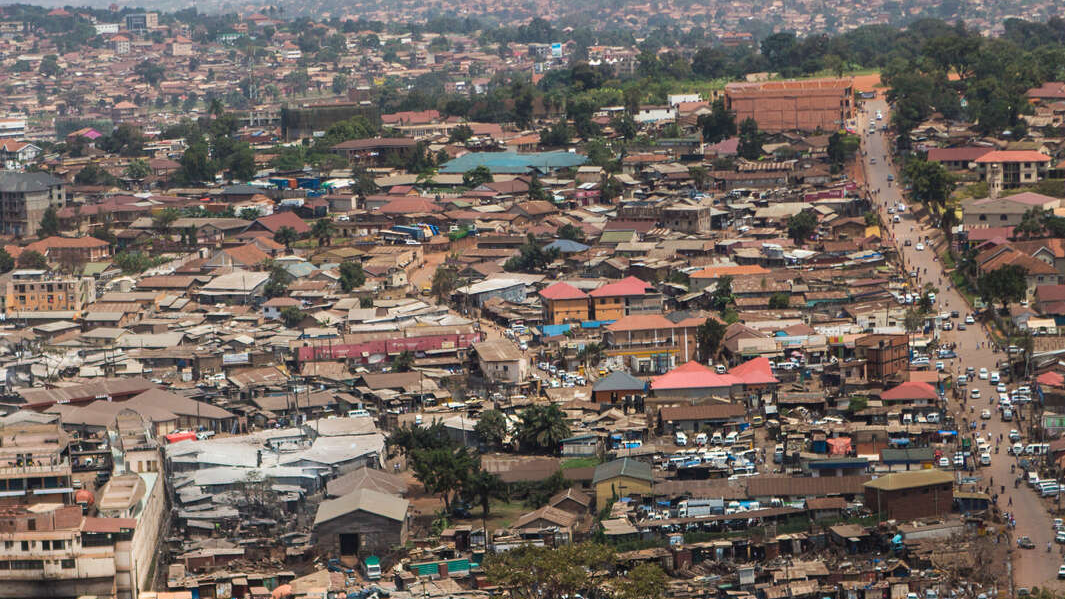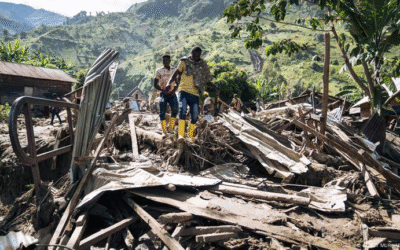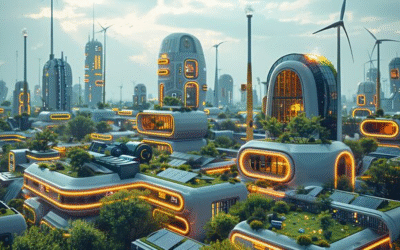Every city begins as a promise, a place where anyone, regardless of origin or income, can find opportunity and build a life.
But over time, that promise has become unevenly distributed.
For some, the city offers comfort and connection; for others, it’s a daily negotiation for space, dignity and shelter.
The measure of a good city is not how tall its towers rise but how well it houses its people.
The Right to a Home
Housing is not a privilege but a foundation for everything else; education, health, safety, belonging.
Yet in many urban centers, decent housing feels like a lottery win.
Prices soar, plots shrink and entire communities are displaced to make room for “development.” The irony is painful: cities expanding outward, yet pushing their workers further away.
A true city of belonging must treat shelter as a right, not a product.
Land: The Hidden Politics of Space
Every map tells a story of power.
Who owns the land determines who belongs and who gets pushed out.
Urban land has become speculative gold. While empty plots wait for investors, families crowd into unsafe, unplanned settlements. The city grows but not for everyone.
Equitable land use demands courage: to regulate speculation and prioritize people over profit.
Land is not just terrain; it’s the stage on which equality plays out.
Informal Settlements: The Heartbeat We Ignore
Informal doesn’t mean illegal but often means unrecognized.
These neighborhoods, built through necessity, are engines of urban survival. They house workers, families and dreamers who keep the city running.
The tragedy is not that informal settlements exist but planning systems pretend they don’t.
Upgrading these communities with sanitation, lighting and tenure security is not charity but smart urbanism.
Designing Density, Not Overcrowding
Density is not the enemy. In fact, when designed well, it is the secret ingredient of vibrant cities that allows people to live close to jobs, schools and public services.
What hurts cities is unplanned density — when people are packed without infrastructure.
Good design turns density into community: mixed-use housing, shared courtyards and accessible transit bring life between walls.
Housing and Climate Justice
The poorest often live in the most climate-vulnerable zones that include but not limited to floodplains, slopes, or reclaimed land.
Every heavy rain becomes a test of resilience.
Urban housing policy must now double as climate adaptation. That means affordable housing should also be safe housing — elevated, well-drained, ventilated and energy-efficient.
The Architecture of Belonging
Belonging is built, not declared.
A housing block with shared courtyards, a neighborhood with mixed incomes, or a rental system that protects tenants — these small details shape whether people feel at home or merely housed.
The city becomes humane when it welcomes everyone, not just those who can afford to stay.
Closing Reflection
A city’s greatness is not in its skyline but in its streetlight — in whether that light shines on everyone equally.
When housing becomes exclusionary, the city loses its moral compass.
But when planners, policymakers, and citizens work together to create inclusive neighborhoods, the city begins to heal.
Because a home is not just a roof but the heart of citizenship.




